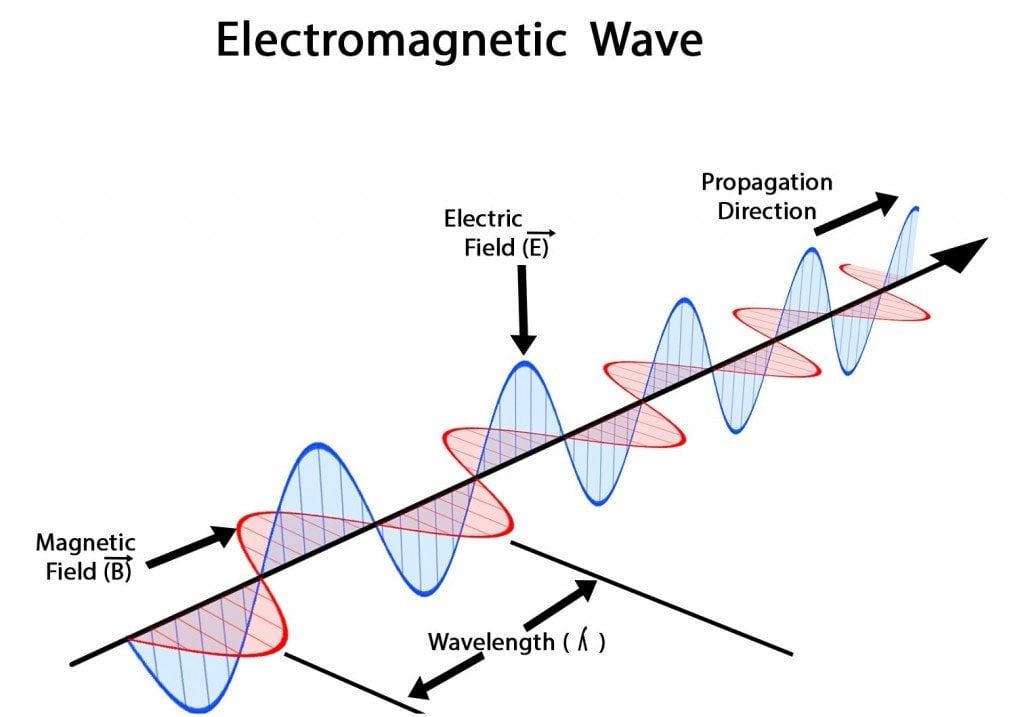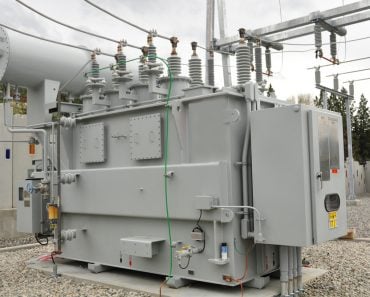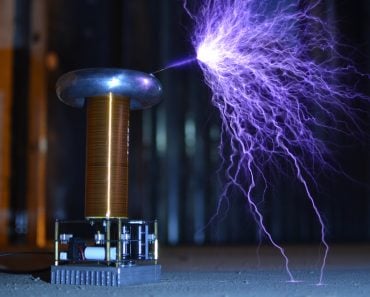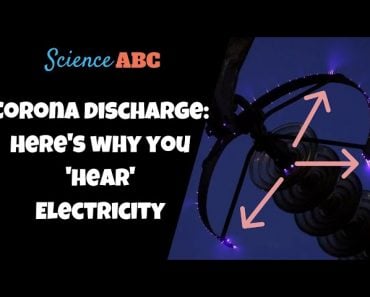Table of Contents (click to expand)
Electric guitars use electromagnetism to create sound. The strings are made of metal and are partially magnetized. When they vibrate, they make a current flow through the wire pickup coils. The pickups are connected to an amplifier, which amplifies the sound.
The most revolutionary instrument of the 20th century was undoubtedly the electric guitar. It’s the instrument that symbolizes the rebellious nature of modern times and embodies rock ‘n’ roll in every way. Some of the famous musicians in the past century, such as Jimi Hendrix, The Rolling Stones, and Nirvana, were the greatest proponents of this beautiful instrument. However, electric guitars are not bound by their coolness or the skill required to play them. They are also completely packed with science. However, before we move on to the science behind the electric guitar, let’s take a closer look between electric guitars and acoustic guitars on a scientific level!

Recommended Video for you:
Acoustic Vs. Electric Guitars
When you pick up an acoustic guitar, you mostly hold empty space! Inside the large wooden guitar body is nothing more than air. Whenever you pluck the strings, the wooden frame of the guitar vibrates, which makes the air inside the guitar body vibrate. These vibrations amplify the strings’ sounds so that you can hear them. Acoustic guitars have those large holes in the middle of the body, under the strings, so the amplified sound can escape and travel to your ears. To put this in simpler terms, the hole in a guitar is very similar to the hole in a trumpet or a flute.

When you pick up an electric guitar, you will notice that most of them have thinner solid bodies and sometimes even smaller than acoustic guitars. Even though most electric guitars are made of solid wood, it doesn’t matter what the body of an electric guitar is made of. George Beauchamp, the pioneer who invented the electric guitar, said in the 1930s: “The body may be varied considerably in size, shape, and construction, and may be constructed of various materials without departing from the spirit of the invention.” His original design suggested the body could be made from “a simple integral casting of metal, such as aluminum.” Most of the first electric guitars ever made had their bodies cast out of materials, including molded Bakelite (one of the first plastics) and sheets of soldered brass.
At this point, one might wonder why the electric guitar body’s material doesn’t matter. Quite simply, it’s because the body of an electric guitar is not particularly important in producing and amplifying sound. The primary purpose of the electric guitar body is to maintain proper tension in the strings for us to obtain the desired sounds. Although resonance still plays an important part in giving an electric guitar its tone, solid-body electric guitars generate most of their sound through an entirely different process from acoustic guitars. Despite the acoustic and electric guitars being played similarly, the scientific principles upon which both of these instruments operate are starkly different.
Law Of The Electric Guitar
As stated earlier, the electric guitar is based on a fundamental law of physics—electromagnetism. To be more specific, it relies on electromagnetic induction. To put it simply, electromagnetic induction is when a change in the magnetic field induces electricity. The converse is also true, that a change in electricity results in induced magnetic fields. Now, how does this connect to the electric guitar? Ignoring most of the technical specifications of an electric guitar, we will only look at the parts responsible for producing the sounds.

The metal strings of an electric guitar are a bit like dynamos, because they make electricity when you move them. Under the strings, there are electricity-generating devices called pickups. Each one of these pickups consists of one or more magnets with hundreds or thousands of coils of very thin wire wrapped around them. The magnets generate a magnetic field around them that passes up through the strings. As a result of this, the strings become partially magnetized. When the strings vibrate, they make a very small electric current flow through the wire pickup coils. The pickups are connected to an electric source that picks up and processes various parametric information from each string. It is then sent to an amplifier. Usually, the amplifier and loudspeaker are built into a single unit called an “amp.” Now, the next time you go to a rock concert to watch someone shred an electric guitar solo, you know you’re watching electromagnetism at work!













